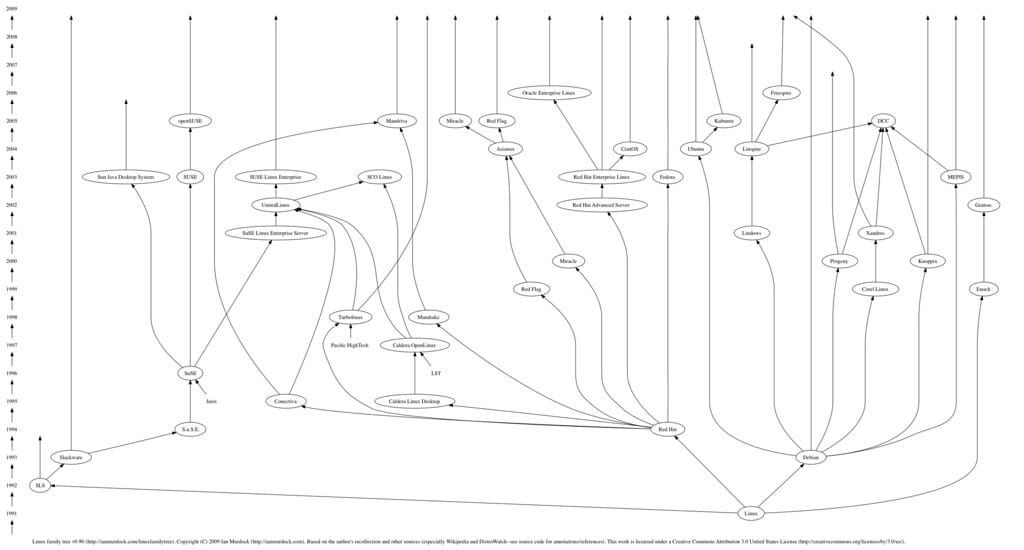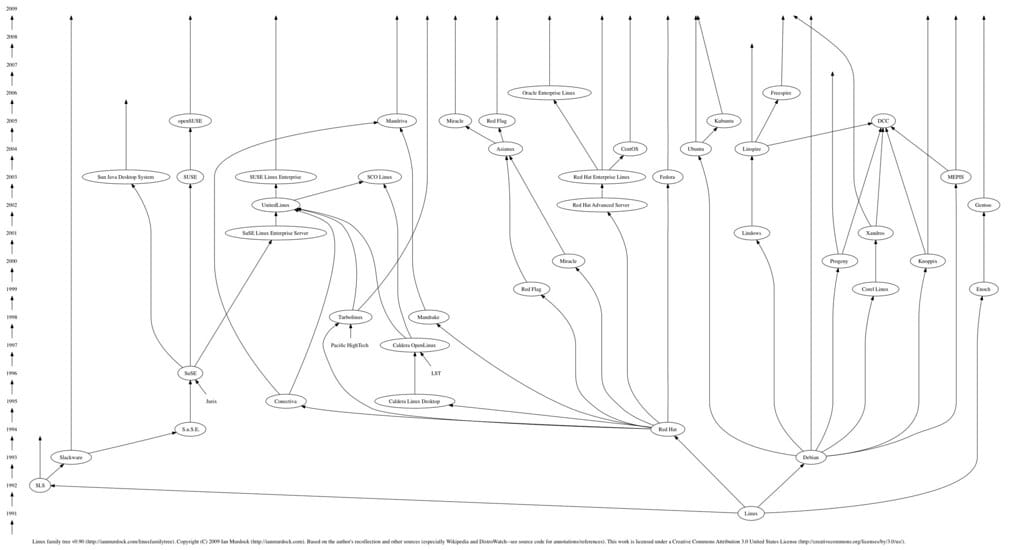Intel Abruptly Terminates Clear Linux OS, Leaving Open Source Community in the Lurch
Intel's sudden decision to discontinue support for Clear Linux OS has sent shockwaves through the open source community, marking the end of what many considered one of the most promising Linux distributions optimized for modern hardware. The tech giant announced the termination without warning, leaving developers, enterprise users, and Linux enthusiasts scrambling to find alternatives.
The Rise and Fall of Clear Linux OS
Launched in 2015, Clear Linux OS represented Intel's ambitious attempt to create a Linux distribution optimized specifically for Intel hardware and cloud computing environments. The distribution gained recognition for its exceptional performance benchmarks, often outperforming mainstream distributions like Ubuntu and Red Hat Enterprise Linux by significant margins.
Clear Linux distinguished itself through several innovative features:
- Aggressive compiler optimizations targeting Intel processors
- Stateless system design for improved security and reliability
- Bundle-based software management instead of traditional package systems
- Cutting-edge kernel versions with Intel-specific patches
The distribution found its niche among performance-conscious developers, cloud service providers, and organizations running Intel-heavy infrastructure. Major cloud platforms, including some AWS instances, offered Clear Linux as an option for users seeking maximum performance per dollar.
Warning Signs Were There
Despite its technical merits, Clear Linux struggled with adoption outside Intel's immediate ecosystem. The distribution's aggressive optimization approach, while delivering superior performance, often created compatibility issues with non-Intel hardware and third-party software packages.
Market analysts noted several red flags in recent years:
- Limited community contributions compared to major distributions
- Inconsistent release schedules
- Reduced marketing and evangelism efforts from Intel
- Shift in Intel's strategic focus toward emerging technologies like AI and edge computing
The writing was on the wall when Intel began scaling back its open source initiatives in 2023, redirecting resources toward more commercially viable projects.
Impact on Users and the Ecosystem
The immediate impact of Intel's decision varies significantly across user segments. Enterprise customers who built infrastructure around Clear Linux face the most challenging transition, potentially requiring substantial re-architecture of their systems.
Cloud service providers that offered Clear Linux instances must now migrate customers to alternative distributions or risk service disruptions. Early reports suggest most providers are recommending Ubuntu Server or Rocky Linux as migration paths, though performance characteristics will inevitably differ.
Individual developers and enthusiasts, while disappointed, have more flexibility in switching to other performance-oriented distributions like Arch Linux or Gentoo, though they'll lose Clear Linux's specific Intel optimizations.
Technical Legacy and Lessons Learned
Clear Linux's technical innovations won't disappear entirely. Many of its optimization techniques and kernel patches have been upstreamed to the mainline Linux kernel, benefiting the broader ecosystem. The distribution's stateless design principles have influenced other projects, and its bundle management approach sparked discussions about alternative package management systems.
However, the project's demise highlights the challenges of corporate-sponsored open source projects. When business priorities shift, community-dependent projects can face sudden termination regardless of technical merit or user base size.
Migration Path Forward
For organizations currently running Clear Linux, the migration timeline remains unclear. Intel has provided minimal guidance beyond a brief statement acknowledging the end of support. Security patches and updates have ceased, creating immediate vulnerability concerns for production systems.
Industry experts recommend several alternative distributions depending on use case:
- Ubuntu Server LTS: Best for enterprises seeking stability and long-term support
- Rocky Linux: Ideal for organizations transitioning from Red Hat ecosystems
- Arch Linux: Suitable for performance-focused users comfortable with rolling releases
- openSUSE Tumbleweed: Good balance of cutting-edge packages and stability
The Broader Implications
Intel's abandonment of Clear Linux reflects broader trends in the tech industry's approach to open source projects. Companies increasingly view open source contributions through the lens of immediate business value rather than long-term ecosystem development.
This decision may also signal Intel's strategic pivot away from software optimization toward hardware innovation and emerging technologies like quantum computing and AI acceleration. While understandable from a business perspective, it leaves a gap in the Linux ecosystem for Intel-optimized distributions.
The Clear Linux termination serves as a reminder that even well-engineered, performance-leading open source projects remain vulnerable to corporate strategy changes. For organizations considering Linux distributions, this event underscores the importance of choosing projects with diverse backing or strong community governance models that can survive corporate departures.

